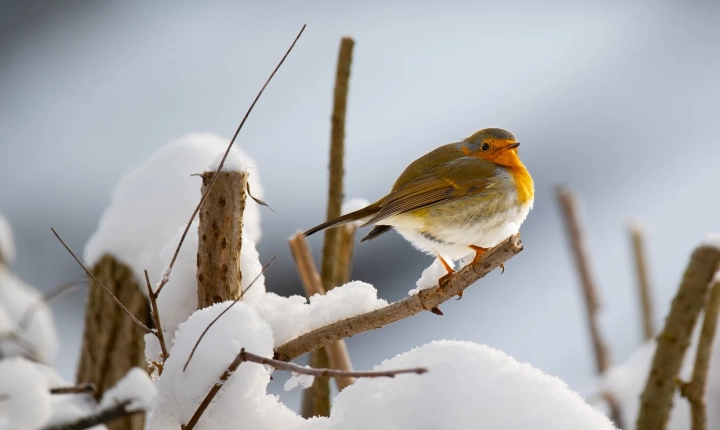AI-generated art has gained a significant amount of attention in recent years, drawing both admiration and controversy. One of the most prevalent debates surrounding AI art is the question of whether it can be considered stolen, as it often involves using existing material as a basis for creativity. This article aims to explore the intricacies of this argument and shed light on the different perspectives associated with AI-generated art and intellectual property.
AI art, created using algorithms and machine learning, has the capacity to generate visually stunning and complex works of art. These creations often involve using existing images, photographs, or artistic styles as a foundation for the AI to generate new and unique pieces. This process has sparked a debate over the authenticity and originality of AI-generated art, with many questioning whether it constitutes theft or plagiarism.
On one hand, proponents of AI art argue that the use of existing material as a reference for the AI is a legitimate and accepted form of artistic creation. They assert that the AI’s ability to reinterpret and transform these references into entirely new compositions should be viewed as a form of creative expression rather than theft. Additionally, proponents argue that the very nature of creativity involves building upon existing ideas and inspirations, and that AI art is simply a modern iteration of this process.
Conversely, critics of AI-generated art claim that the use of existing material without proper consent or attribution constitutes theft of intellectual property. They argue that AI artists should be held to the same ethical and legal standards as human artists when it comes to the use of copyrighted material. Furthermore, they raise concerns about the potential impact of AI-generated art on the livelihoods of human artists, as it creates a grey area in terms of intellectual property rights and fair compensation for original work.
The legal landscape surrounding AI-generated art and intellectual property is still evolving, which adds a layer of complexity to this debate. Copyright laws vary by jurisdiction and the rapid development of AI technology has outpaced the legal framework, leaving many questions unanswered. As AI art continues to gain prominence, it’s becoming increasingly important for lawmakers and legal experts to address these issues and establish clear guidelines for the protection of intellectual property in the context of AI-generated art.
In conclusion, the question of whether all AI-generated art can be considered stolen is a multifaceted and contentious issue. While some view it as a legitimate form of artistic expression that draws inspiration from existing material, others argue that it raises ethical and legal concerns related to intellectual property rights. As AI technology continues to advance and its impact on the art world grows, it is crucial for stakeholders to engage in constructive dialogue and collaborate on developing a balanced and fair approach to addressing these issues.
